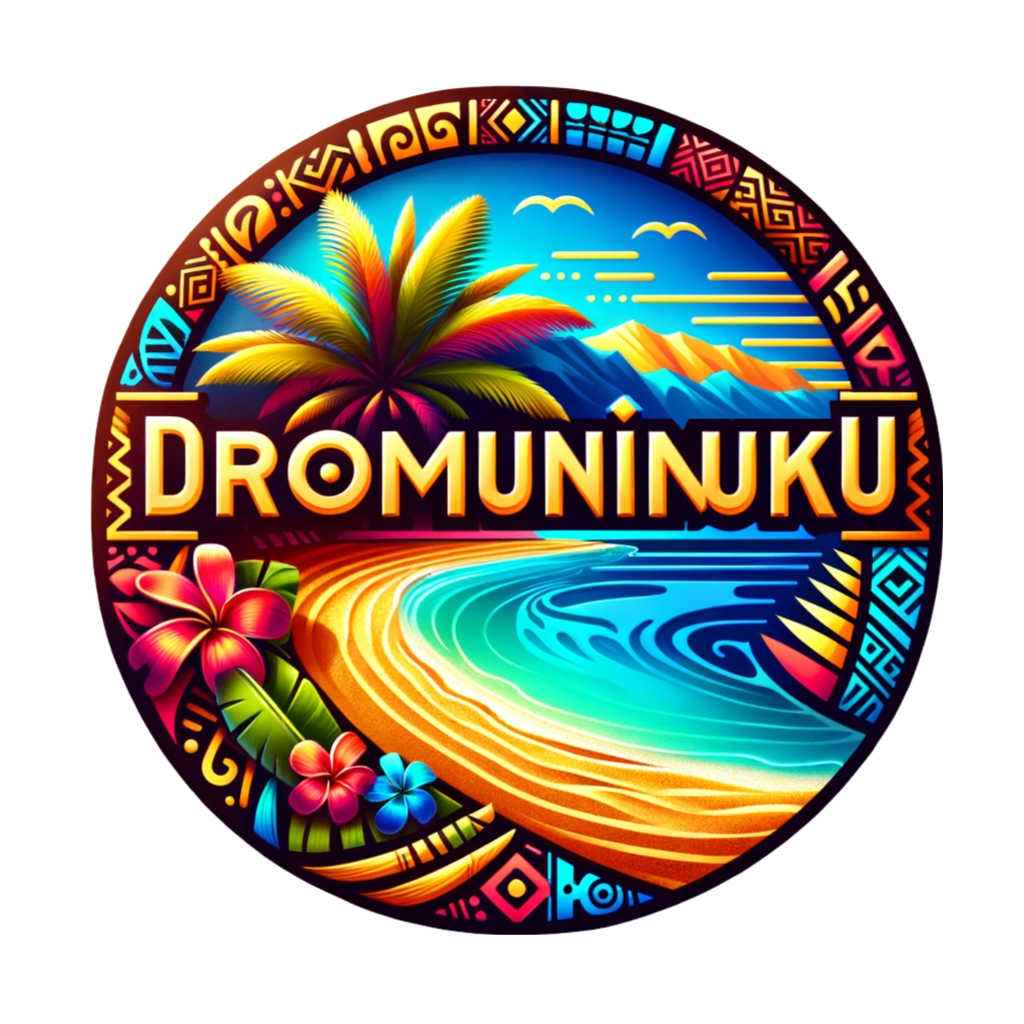Digital art, a vibrant and dynamic force, has profoundly transformed the art landscape. This medium, emerging from the marriage of art and technology, has redefined artistic expression, accessibility, and interaction in the 21st century. The importance of digital art can be explored through several key facets: democratization of art, technological innovation, influence on traditional art forms, and its role in contemporary culture.
Democratization of Art
Digital art has been pivotal in democratizing the art world. Traditional art, often confined within the walls of galleries and museums, was accessible to a limited audience. Digital art, on the other hand, is just a click away for anyone with internet access. This accessibility has opened doors to a diverse array of artists and audiences, fostering a more inclusive art community. Artists from various backgrounds, who might not have had the opportunity to showcase their work in traditional settings, can now reach a global audience.
Additionally, digital platforms have revolutionized how art is sold and collected. Online galleries, social media, and blockchain technology, particularly Non-Fungible Tokens (NFTs), have provided artists with direct channels to market and monetize their work, challenging the traditional gatekeepers of the art world.
Technological Innovation
At the heart of digital art’s importance is its boundless potential for innovation. Digital artists utilize a plethora of tools - from graphic design software and digital painting to 3D modeling and animation - pushing the boundaries of creative expression. This medium allows for experimentation that is either challenging or impossible in traditional art forms, such as dynamic, interactive, or evolving artworks.
Moreover, digital art often intersects with cutting-edge technologies like virtual reality (VR) and augmented reality (AR), offering immersive and interactive experiences. These technologies have expanded the scope of what can be considered art, moving beyond static displays to engaging, multisensory experiences.
Influence on Traditional Art Forms
Digital art has not only carved its niche but has also influenced traditional art forms. Many contemporary artists incorporate digital techniques into their practice, using digital tools for sketching, composing, or even creating entire pieces. This fusion of digital and traditional mediums has led to novel artistic expressions and techniques, enriching the overall art landscape.
Reflection of Contemporary Culture
Digital art is a reflection of our contemporary, technology-driven society. It often explores themes relevant to the digital age – identity in the digital world, the impact of social media, and the intersection of technology and humanity. In doing so, digital art not only captures the zeitgeist but also provokes thought and discussion about the role of technology in our lives.
Sustainability and Preservation
From an environmental standpoint, digital art offers a more sustainable alternative to traditional art forms. It eliminates the need for physical materials, reducing the environmental impact. Additionally, digital artworks can be preserved indefinitely without degradation, unlike physical artworks that may deteriorate over time.
Conclusion
In conclusion, digital art is not merely a new medium in the art world; it represents a paradigm shift in how art is created, consumed, and perceived. Its importance lies in its ability to democratize art, drive innovation, influence traditional mediums, reflect contemporary themes, and promote sustainability. As technology continues to evolve, digital art will undoubtedly continue to play a significant role in shaping the future of artistic expression.

